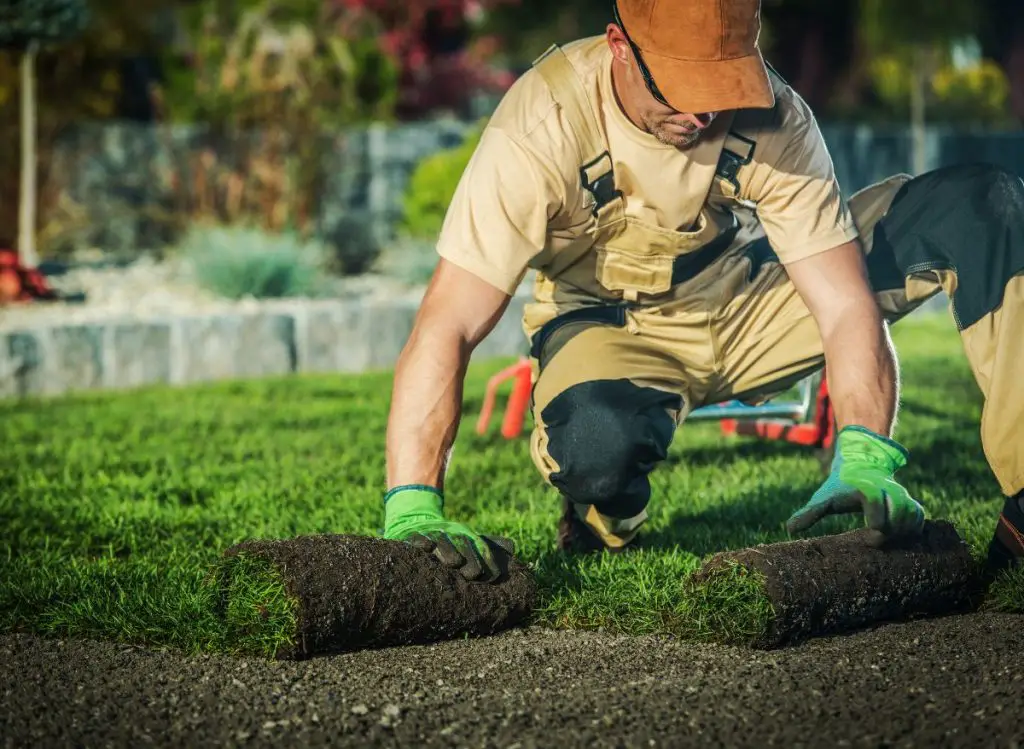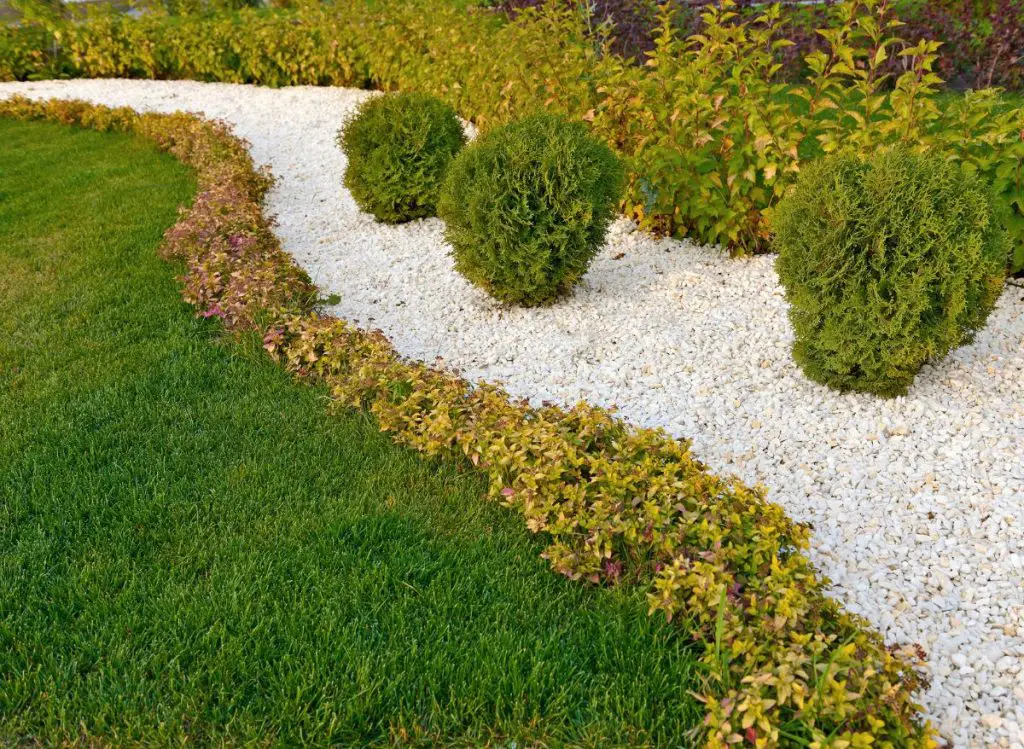
Having a lush and green lawn not only enhances the overall beauty of your house but also adds positivity to your life. Unfortunately, many people end up causing more harm than good when trying to maintain their lawns. One of the most common mistakes is applying too much iron to their lawns.
While iron can be beneficial, excessive use can lead to a variety of problems, including harming your lawn’s growth and appearance. That’s why I believe it is essential to learn about the effects of too much iron in the lawn and how you can prevent it.
Read on to find out the dangers of having too much iron in your lawn and what you can do to prevent it. If you wonder how to effectively deal with too much Iron in your garden’s soil, I wrote a whole article that I encourage you to read.
What is The Role of Iron in Plants?
Iron is a crucial nutrient for plant growth, and it’s essential for the formation of chlorophyll, which helps plants in the process of photosynthesis (Source: Frontiers). However, too much iron can cause harm to your lawn’s health, especially if your soil already has a high iron content.
Moreover, Iron overdose can cause rust-colored spots on your lawn, causing the grass to lose its green color, and eventually, it can damage your lawn’s growth entirely.
What Happens When There’s Too Much Iron in Your Lawn?
Iron is an essential nutrient for plants, allowing them to produce chlorophyll, which gives them their green color. However, when there’s an excessive amount of iron in the soil, it can lead to a host of problems. One of the most common issues is called “iron toxicity,” which occurs when the iron concentration in the soil is too high, and the plants cannot absorb it all.
Iron toxicity can lead to a buildup of toxins that can damage the roots, leading to stunted growth, yellowing leaves, and even plant death. Common symptoms of Iron toxicity include a stunted root system and bronzing (leaf discoloration), according to research.
In addition, the presence of too much iron in the soil can cause the soil to become compact, leading to an unhealthy soil structure. It can also lead to poor water drainage, which can prevent the plant from absorbing sufficient nutrients and moisture. Therefore, it’s wise to monitor your soil’s iron content and adjust it to a balanced level to avoid any potential damage.
Also, excessive use of iron-rich fertilizers can be another cause of too much iron in the lawn (Source: University of Maryland Extension).
Fertilizers containing iron can be a quick fix for greener and healthier grass. But, excessive use of these fertilizers can lead to an overdose of iron, damaging the root system’s health and causing the plant to become vulnerable to pests and diseases. Therefore, always read the instructions on the fertilizer package and follow them wisely.
What Causes Too Much Iron in Your Lawn?
Several factors determine the amount of iron in your lawn soil:
- One of the most common causes of excess iron is overfertilization. Many lawn fertilizers contain iron supplements, and if you’re not careful, you can end up applying too much.
- In addition, if you live in an area with high iron content in the soil, your lawn may already receive more iron than it needs naturally.
Signs of Too Much Iron in Your Lawn
As mentioned earlier, yellowing of leaves and stunted growth are common signs of iron toxicity in plants. However, there are a few other signs you should look out for.
If you notice an increase in brown patches on your lawn, it may be due to iron toxicity. I encourage you to check out this quick and helpful guide to learn how to deal with common lawn problems.
In addition, if your lawn feels dry even when you water it adequately, it may be a sign that excess iron is preventing it from absorbing water and nutrients.

How to Fix Excess Iron in Your Lawn?
If you suspect that the iron concentration in your lawn is too high, the first thing you should do is stop applying iron-based fertilizers. Instead, I recommend you opt for a soil test to determine the exact iron levels in your soil. You purchase one Amazon for about $10.
Once you know the degree of iron toxicity, you can take steps to remove the excess iron. One way to do this is by flushing your lawn with water to leach out the excess iron. Read this article to learn more about how to deal with Iron in irrigation water from the State University of New Jersey.
However, if the iron levels are particularly high, you may need to consider using an iron chelate to help remove the excess iron.
Prevent Future Excess Iron Problems
I believe that prevention is always better than cure. The easiest way to prevent excess iron in your lawn is to avoid over-fertilizing and only apply the recommended amounts of fertilizers. Depending on your soil’s iron content, you may need to forgo iron-based fertilizers altogether.
Moreover, I encourage you to ensure that your lawn receives adequate irrigation and drainage, as excess moisture can exacerbate iron toxicity in plants.
However, if your soil already has a high iron content, there are ways to prevent further damage to your lawn. One way is to make sure you are not overwatering your lawn and providing enough air circulation to the soil.
You can also use organic supplements such as compost, manure, or organic fertilizer to help maintain healthy soil. Moreover, applying dolomite lime to your soil can balance the iron content level.
I believe that it is essential to monitor your soil’s iron content regularly and adjust it to a balanced level. Furthermore, using organic supplements and limiting the use of iron-rich fertilizers can help you maintain a healthier lawn. With a little care and attention, you can ensure that your lawn remains green and lush for years to come.
What to read next:
- Best And Effective Ways To Winterize Outdoor Faucets Without Shut Off Valve.
- How To Easily Speed Up Grass Seed Germination: Here’s How!
- Will Grass Seeds Actually Germinate On Top Of Soil? (Let’s find out now!)
Final Thoughts
Applying too much iron to your lawn can cause more problems than it solves. While iron is necessary for your lawn’s health, excessive use can lead to iron toxicity, damaging your lawn’s roots and leading to stunted growth, yellowing leaves, and even plant death.
The good news is that you can prevent and address this by testing your soil for iron levels, leaching out excess iron, and using iron chelates when necessary.
By following the steps outlined in this article, you can maintain a healthy and thriving lawn without causing unintended harm.

